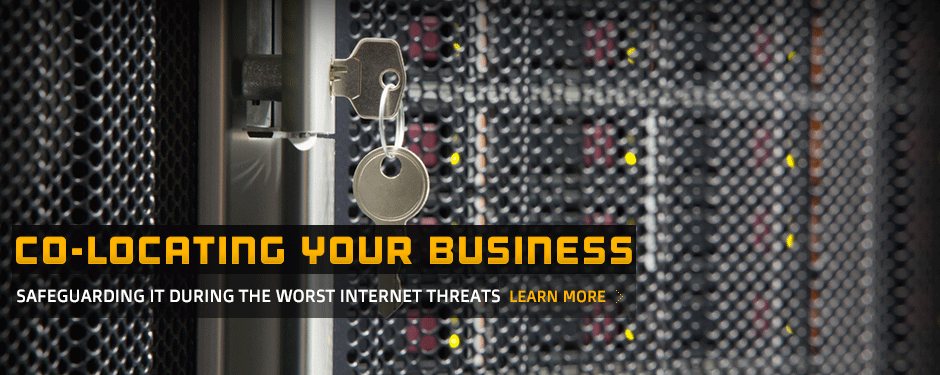DDoS or Distributed Denial of Services attack is an effort to paralyse the computer users and not the resources. There are a number of ways in which a DDoS can be carried out but the most common one is attempt by a single person or site to function so effectively that the target page goes down for a temporary period of time. The attackers usually target the busy and big portals like banks, payment gateways, and so forth. Even the root net servers sometimes face such attacks. The term “DDoS†is used not only in respect to sites ut also the computer networks and it is never restricted to one single area.

The most common way to bring down any site is by saturating the target with hundreds of communication requests so that they are not left with any option to respond to genuine traffic. Or sometimes, the response time is so slow that the visitor is compelled to move on to other place. Usually, DDoS attacks utilize the resetting of computer resources so that there cannot be any other way to render their services by original users and the victim gets incapable of communicating with others. The DDoS is a legally a violation of IAB Internet proper usage policy and is a criminal offence.
The major symptoms of a DDoS attack are: • Very slow network speed and performance and opening of files is highly slow.
• Non-availability of a particular page or site.
• The flooding of spam in the inbox and other stuff like that
The denial of service attack also leads to relative problems to the branching network of the computer. For instance, the router bandwidth between LAN and internet threatens not only one computer but the complete network associated with it. It can attack on a very large scale across geographical boundaries till the limit where internet connectivity goes. There are a lot of ways in which DDoS attack can take place. But usually, these are classified into five types:
High utilization of resources like disk space or CPU time or bandwidth.
Disruption in configuration information like routing information.
Rapid adaptation of public information like spontaneous remission of TCP sessions.
Problem in physical network parts or components.
Hindrance in means of communication between the customers or users and the target so that everything gets delayed and meaningless for both the parties.
You can always take professional help to avoid this problem, there are several ways to defend from these attacks and DDoS Mitigation is one of the most common ones.
For more info:- DDoS Mitigation